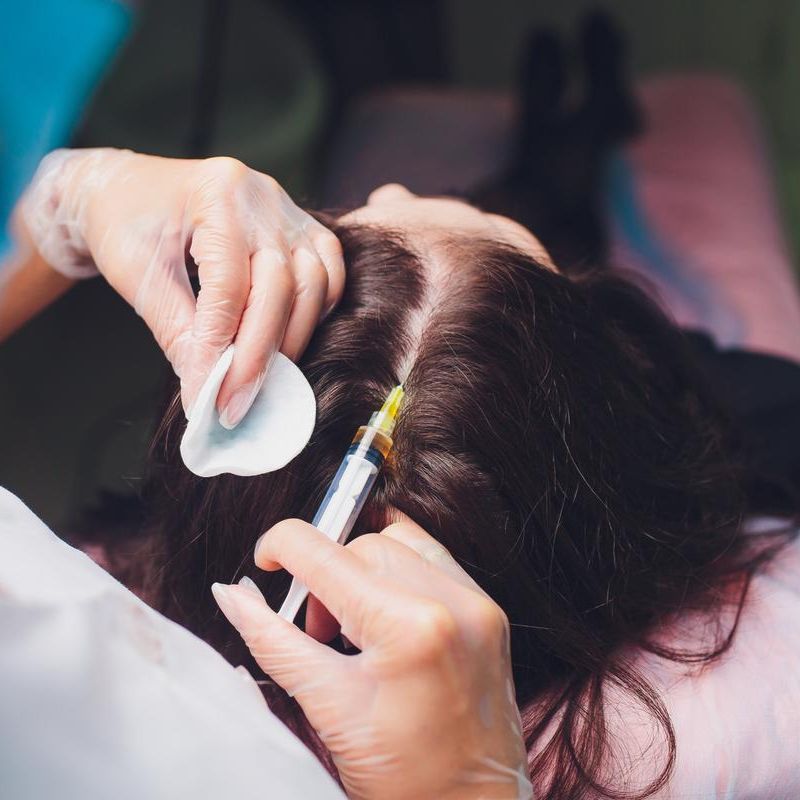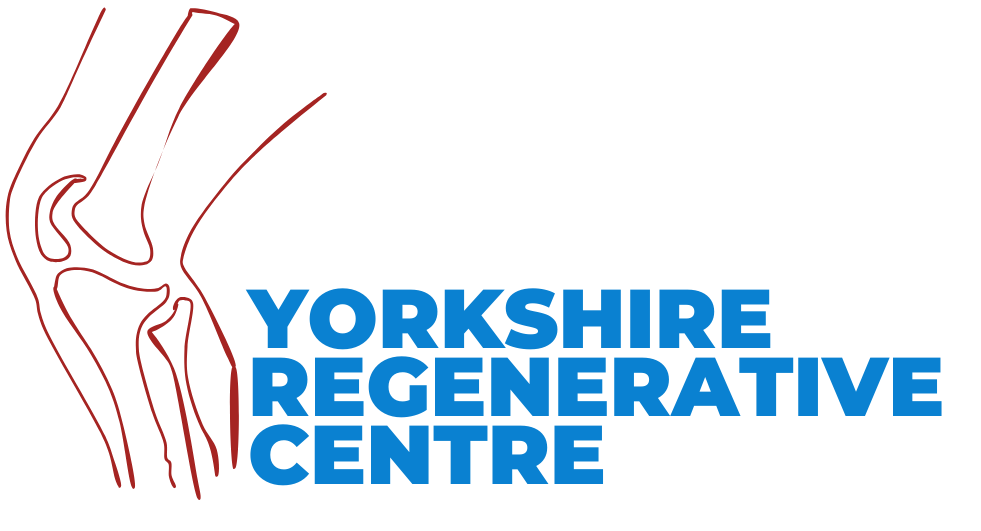Stem Cell Treatment for Hairloss

Treatment for HAIR LOSS
Hair loss is known as alopecia and can affect anyone at any time. Most commonly, this would affect men’s scalp, but hair loss can affect any part of the body that has hair, including the beard, eyebrows and all other parts of the body.
Depending on the reason for the hair loss, it can be temporary or permanent. Hair loss can be a result of inherited medical conditions, including hormone imbalances and ageing.
Baldness is hair loss, which is when you lose more hair than the body can grow back, and it is specific to the scalp. It tends to happen to people in a hereditary fashion, meaning either parent may have it or have had it. It tends to affect people at a similar time of their lives as it affects their parents, so it tends to be linked to ageing.
How someone deals with hair loss is entirely personal. People may let it run its course and be proud of it. Others may cover it up with hairstyles, makeup, hats or scarves. Others may choose one of the treatments available to prevent further hair loss or restore growth.
Before undergoing hair loss treatment, it is best to talk to your GP to identify and correct the conditions that may be causing it. They may be able to offer some basic advice for standard market treatment options.
Treatments
Contact Us
- The Pines, Oakwood Park Business Centre, Fountains Road Harrogate HG3 3BF
- 01423206388
- info@yorkshireregenerativecentre.co.uk
Types of hair loss
- Male-pattern baldness
- Female-pattern baldness
- Patchy hair loss (alopecia areata)
- Traction alopecia
- Frontal fibrosing alopecia
Hair loss can appear in many different ways, depending on what’s causing it. It can come on suddenly or gradually and affect just the scalp or the whole body.
Risk factors
A number of factors can increase your risk of hair loss, including:
- A family history of balding on your mother’s or father’s side
- Age
- Significant weight loss
- Certain medical conditions, such as diabetes and lupus
- Stress
- Poor nutrition

Medication
If the hair loss is caused by an underlying disease, treatment for that disease should first be undertaken. If a certain medication is causing the hair loss, under the supervision of your GP, that may be stopped to examine the effect on the hair loss.
Medications that can be used include:
- Minoxidil: Over-the-counter minoxidil comes in liquid, foam and shampoo forms. To be most effective, apply the product to the scalp skin once daily for women and twice daily for men. Most people prefer to apply the foam when the hair is wet.
Products with minoxidil help many people regrow their hair or slow the rate of hair loss or both. It takes at least six months of treatment to prevent further hair loss and to start hair regrowth. It may take a few more months to tell whether the treatment is working. If it does help, patients need to continue taking the medicine indefinitely for the hair loss to stop.
Possible side effects include scalp irritation and unwanted hair growth on the adjacent skin of the face and hands. - Finasteride: This is a prescription drug for men, which is taken as a daily pill. Many men taking finasteride experience a slowing of hair loss, and some may show new hair growth. It may take a few months to tell whether it works. Similar to minoxidil, it needs to be taken indefinitely to have the benefits of hair loss. Finasteride may not work as well for men over 60.
Rare side effects of finasteride include diminished sex drive and sexual function and an increased risk of prostate cancer. Women who are or may be pregnant need to avoid touching crushed or broken tablets. - Other medications. Other oral options include spironolactone and oral dutasteride.

Surgical Options
Hair transplant
In the most common type of permanent hair loss, only the top of the head is affected. Hair transplant, or restoration surgery, can make the most of the hair left.
During a hair transplant procedure, the surgeon removes hair from a part of the head that has hair (typically the back of the head) and transplants it to a bald spot. Each patch of hair has between one and a few hair follicles (micrografts and minigrafts). Sometimes, a larger strip of skin containing multiple hair groupings is taken. This procedure doesn’t require staying in, but it is painful, so the procedure tends to occur under sedation to ease the discomfort. Possible risks include bleeding, bruising, swelling and infection. Patients may need more than one surgery to get the effect wanted. Hereditary hair loss will eventually progress despite surgery.
Nano fat/Stem cells
Stem cells are found in the body to help the body replace damaged or old cells. They can be found in any type of tissue including the fat, muscles or bone marrow. At Kliniken, we use stem calls from fat as our surgeon has vast experience with and its beneficial effects. These fat stem cells tend to be found more commonly and are more potent so can produce more of the growth factors that can help hair to regenerate. Using nanofat allows us to filter the tiny fat stem cells along with the fluid suspension that contains good growth factors. Once injected into the area with hair loss, the fat stem cells can help to make and provide the useful growth factors long after they have been used up from the fluid suspension to ensure a longer term effect to help the hair to regenerate, meaning this effect can last for many months and in some cases, years down the line. This means, bald patches can have new hair growing without a transplant. In thinner hair, the hair volume and thickness can significantly improve by a minimum of 30%. Stem cell injections can also be used after hair transplantation to improve the survival of grafts or boost the effect of the remainder of grafts.
The fat is taken from a patient under sedation with one or two 5mm cuts to harvest enough fat to isolate the stem cells. The fat stem cells are the injected into the scalp with multiple fine needle injections after making sure the whole scalp is numb. This means the procedure is done in a day, typically 2-3 hours in the clinic and back home to recover.
If you need urgent care, simply call us
If you'd like to know more please call us or email us info@yorkshireregenerativecentre.co.uk
Call Now
